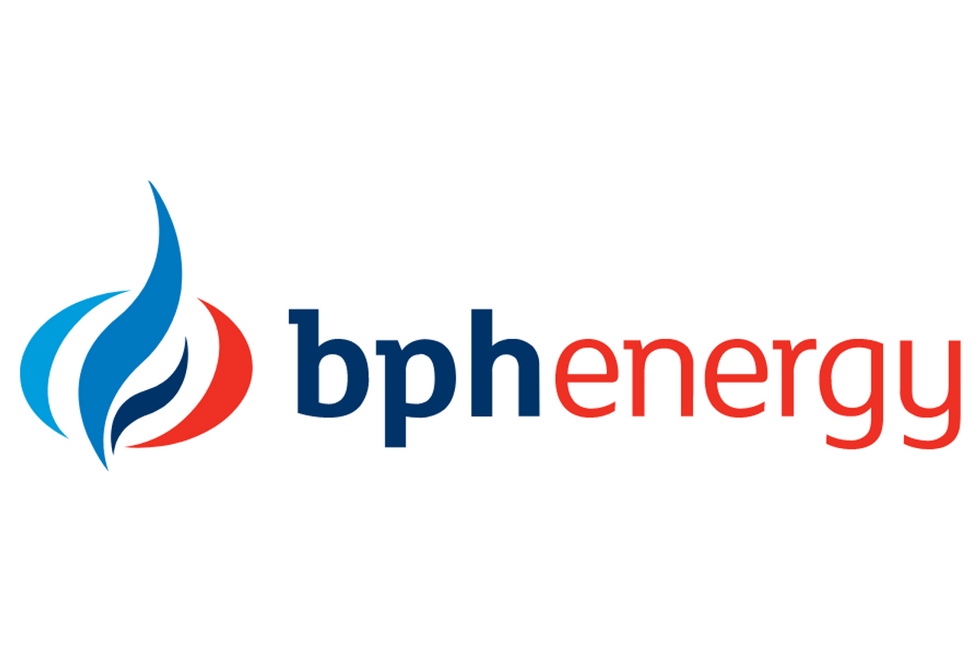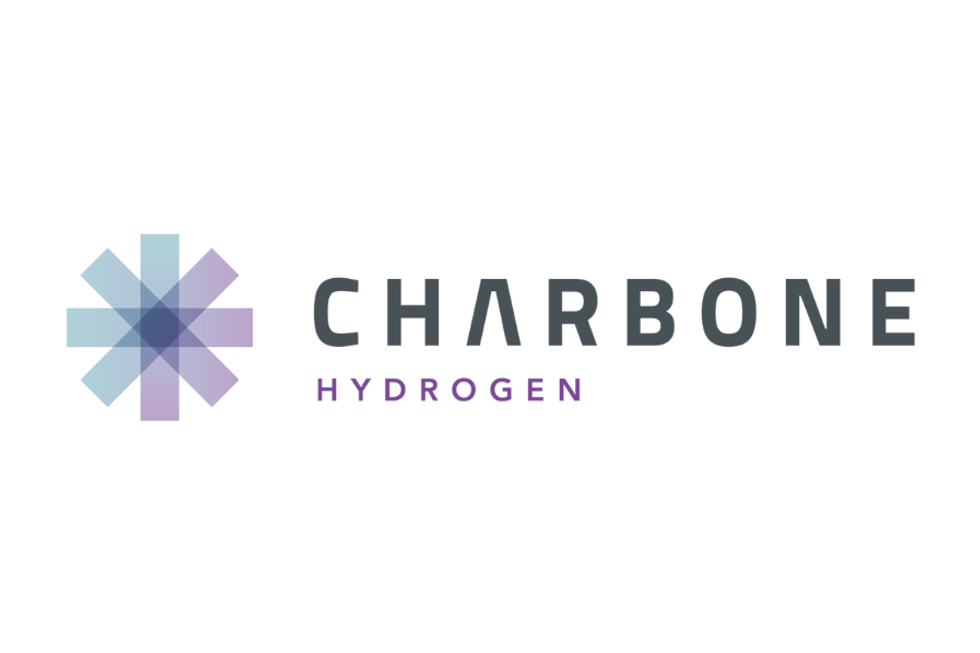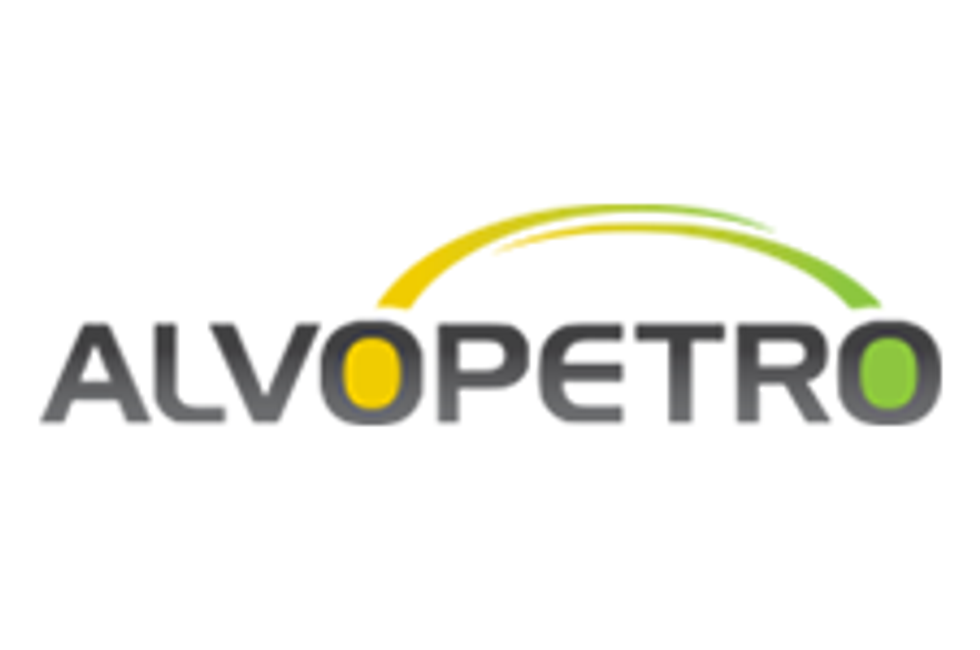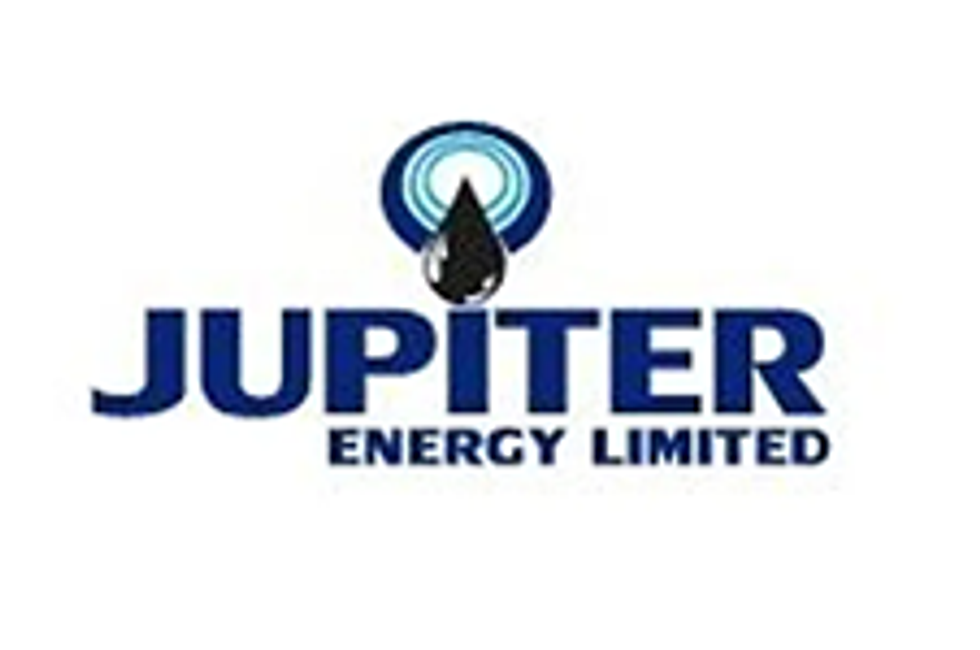Canamax CEO Brad Gabel’s Unique Strategy in Western Canada’s Oil Patch
Oil Investing News had the chance to speak with Brad Gabel, CEO of Canamax Energy (TSXV:CAC), about what Canamax is up to in Western Canada’s oil patch.
Canamax Energy (TSXV:CAC), previously Petroforte International, focuses on the acquisition of distressed, small-cap oil companies in Western Canada’s oil patch. Although smaller transactions and acquisitions can involve a workload comparable that of larger deals, Canamax is committed to finding value for investors in this part of the market, and finds it is able to do so with its experienced management team.
To find out more about what Canamax is doing in Alberta, Oil Investing News (OIN) spoke with CEO Brad Gabel about the company’s strategy. Gabel provided interesting insight into the state of small-cap companies in Canada’s oil industry and discussed how his own company is progressing. According to a recent interview with Business News Network, Canamax has secured four assets within the past eight months, and with its new name has shifted its focus from Colombia to Alberta.
In addition to the interview below, investors can look forward to another conversation with Gabel in which he answers questions about the oil industry and shares his thoughts regarding factors that oil investors might want to consider.
OIN: To start off with, I don’t believe we’ve ever covered Canamax on our network before. Could you start by telling our readers a little more about your company?
BG: Back last September/October, we decided to found a company through a reorganization of a business called Petroforte with a strategy around consolidating microcap companies in the oil and gas sector. There’s a lot of value in this space due to the number of distressed companies.
These companies raised money from around 2006 through to 2011, but whether through poor capital management, bad timing or stubbing their toe for whatever reason, they ended up in a situation where they had little to no access to capital. They’ve been bombarded with bank debt, and that has sometimes put them in a situation where management teams have dispersed. There’s a lot of value in this part of the market.
Since inception, we’ve done four transactions and a great farm-in that has allowed us to put together a suite of assets that currently generates approximately 1,000 BOE a day of production; we’ve also raised a total of $20 million. We’ve done this without incurring any debt, which is something that differentiates us from the market. Really what we’re trying to do is build a business consolidating around core areas that are low risk and high potential. So far, we’ve been focused on Montney and Cardium oil with a view to target 2,000 to 3,000 barrels in the next 12 to 24 months. That will happen through acquisition and exploitation. We want to see the company continue its strategy of acquisition. We’ve got a considerable list of companies that we’ve been scrubbing down on a continuous basis, and going forward the strategy is to either buy assets from larger companies that don’t feel that they’re core to them or continue with some of these restructures.
OIN: That’s a great overview. You said that your strategy is based on acquiring small-cap companies in financial distress. What have been the biggest benefits and challenges associated with this strategy?
BG: The benefits are strictly value just because there are not a lot of people playing in this market. You know, 300 or 400 barrels is not material to a larger company, so they just tend to avoid these transactions, whereas we can get great value. However, the challenges come because doing a deal for $5 million is often the same amount of work as a $50-million deal, so you need to have that internal expertise to manage that in a cost-effective way. We’ve got some internal counsel support, and we’ve got a management team that’s got significant M&A background, so that has enabled us to take advantage of these opportunities where others just won’t or can’t do it effectively.
OIN: In terms of targeting small-cap companies, how have these companies been reacting to your acquisitions?
BG: I guess it would be a mixed bag depending on what approach we’ve taken. Some have been a friendly purchase with management and shareholders. Unfortunately, some have been through a restructuring and a receivership process. A lot of the time we’re dealing with the debt holders, whether that may be banks or shareholders, and those parties are always happy to get repaid or recapitalized.
OIN: What are the main opportunities for companies like Canamax that are operating in Western Canada’s oil patch? Are there many other companies doing what you’re doing?
BG: We’re not seeing a lot of competition up to this point in the sub 1,000 BOE per day arena. There are lots of companies involved as you start to move up in size, but there’s just not a lot where we’re focused. Again, that’s due to the heavy lifting that’s required to get these things done. Our vision is to continue this for the next 12 to 24 months, and then we’ll probably move up to larger opportunities. However, in this beginning stage of value creation it’s been very good for us, sub-$20,000 a flowing barrel, which is really the best in the industry.
OIN: Well, it certainly seems like you are willing to put in the extra effort to find value in this area of the oil industry. Thank you for taking the time to speak to us about your company today.
BG: Thank you.
Securities Disclosure: I, Teresa Matich, hold no investment interest in any companies mentioned.





